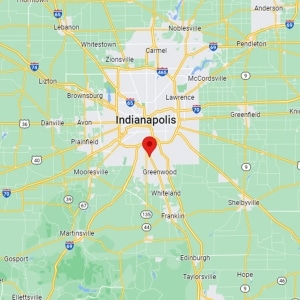Dry Socket vs. Normal Healing After Tooth Extraction
A dry socket is a potential complication after tooth extraction. While some discomfort is normal, a dry socket is different. Our Indiana Emergency Dental dentist, who manages tooth extractions in Indianapolis, IN, will explain the difference and help you know when a dry socket might be a problem.
What Is a Dry Socket?
When the dentist extracts a tooth, your body begins healing by forming a blood clot over the extraction site. This helps to protect the structures in that socket, such as bone and nerves.
If you have a dry socket, it means that a blood clot never formed or fell off before its time. The lack of a blood clot exposes the bone and nerves, leading to severe throbbing and pain. You might feel this in your jaw or ear, which can last many days.
Other signs of dry socket include:
- Bad breath that won’t go away
- Unpleasant taste in your mouth
- Delayed healing
You might even be able to see the empty socket. It’s essential to understand that blood clot formation is what stimulates healing. Eventually, the body replaces that clot with new tissue to seal off the socket.
Normal Healing vs Dry Socket
How can you tell the difference? Here are some telltale signs of each:
- Blood clot—There won’t be one with a dry socket. You should see one with normal healing.
- Pain level—Some pain is normal, but it should subside over time. With a dry socket, the pain continues and is severe. It will also be throbbing.
- Taste—You might taste blood during normal healing, but it shouldn’t be unpleasant or have a foul odor.
If you have severe pain or pain that doesn’t go away after a few days, bad-smelling breath, or a clearly empty socket, contact your tooth extraction dentist in Indianapolis, IN, to get treatment for dry socket.











Leave a Reply
Want to join the discussion?Feel free to contribute!